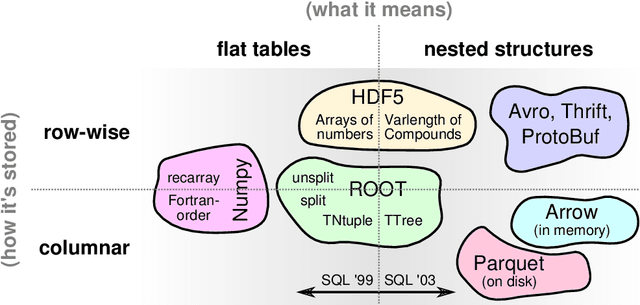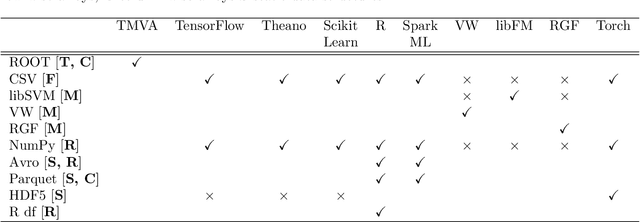Paul Glaysher
Adversarial domain adaptation to reduce sample bias of a high energy physics classifier
May 01, 2020



Abstract:We apply adversarial domain adaptation to reduce sample bias in a classification machine learning algorithm. We add a gradient reversal layer to a neural network to simultaneously classify signal versus background events, while minimising the difference of the classifier response to a background sample using an alternative MC model. We show this on the example of simulated events at the LHC with $t\bar{t}H$ signal versus $t\bar{t}b\bar{b}$ background classification.
Iterative subtraction method for Feature Ranking
Jun 13, 2019



Abstract:Training features used to analyse physical processes are often highly correlated and determining which ones are most important for the classification is a non-trivial tasks. For the use case of a search for a top-quark pair produced in association with a Higgs boson decaying to bottom-quarks at the LHC, we compare feature ranking methods for a classification BDT. Ranking methods, such as the BDT Selection Frequency commonly used in High Energy Physics and the Permutational Performance, are compared with the computationally expense Iterative Addition and Iterative Removal procedures, while the latter was found to be the most performant.
Machine Learning in High Energy Physics Community White Paper
Jul 08, 2018


Abstract:Machine learning is an important research area in particle physics, beginning with applications to high-level physics analysis in the 1990s and 2000s, followed by an explosion of applications in particle and event identification and reconstruction in the 2010s. In this document we discuss promising future research and development areas in machine learning in particle physics with a roadmap for their implementation, software and hardware resource requirements, collaborative initiatives with the data science community, academia and industry, and training the particle physics community in data science. The main objective of the document is to connect and motivate these areas of research and development with the physics drivers of the High-Luminosity Large Hadron Collider and future neutrino experiments and identify the resource needs for their implementation. Additionally we identify areas where collaboration with external communities will be of great benefit.
 Add to Chrome
Add to Chrome Add to Firefox
Add to Firefox Add to Edge
Add to Edge